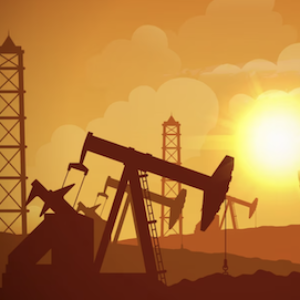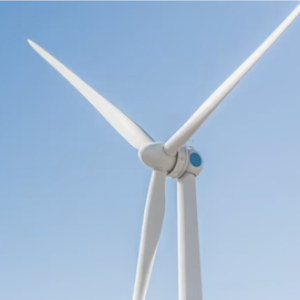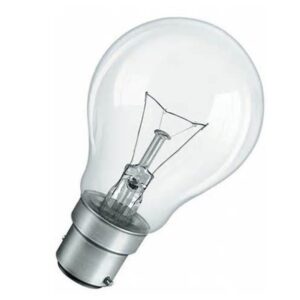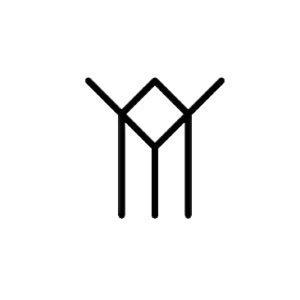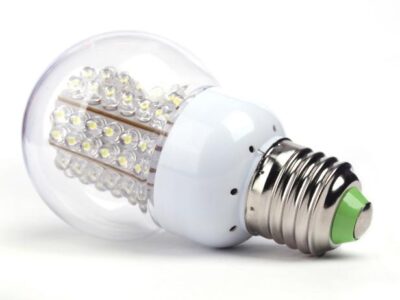Renewable Energy
The shift toward renewable energy sources such as solar, wind, hydro, and geothermal power is expected to continue. This is driven by concerns about climate change, decreasing costs of renewable technologies, and advancements in energy storage solutions. Renewable energy is becoming increasingly competitive with fossil fuels and is likely to play a significant role in the global energy mix.
Energy Storage
Energy storage technologies are crucial for integrating renewable energy into the grid and ensuring a stable and reliable power supply. Advances in battery technologies, such as lithium-ion batteries and emerging options like solid-state batteries and flow batteries, are making energy storage more efficient, affordable, and scalable. This enables greater utilization of intermittent renewable sources.
Electrification of Transportation
The transportation sector is gradually shifting away from fossil fuel-powered vehicles toward electric vehicles (EVs). This transition is driven by advancements in EV technology, improved charging infrastructure, and environmental concerns. The widespread adoption of EVs will increase electricity demand, necessitating further renewable energy integration and smart grid management.
Smart Grid and Digitalization
The power grid is becoming smarter and more digitally connected. Advanced metering, real-time data analytics, and intelligent grid management systems enable more efficient energy distribution, load balancing, and demand response. This digitalization facilitates better integration of renewable energy sources, improves grid reliability, and empowers consumers to monitor and manage their energy usage.

Decentralization and Distributed Energy Resources
The energy sector is moving toward a more decentralized model, with a focus on distributed energy resources (DERs). This includes small-scale renewable energy installations, such as rooftop solar panels, and local energy storage systems. The integration of DERs into the grid allows for greater energy independence, grid resilience, and localized generation and consumption.
Energy Efficiency
Energy efficiency measures are crucial for reducing overall energy demand and optimizing resource utilization. Building design and construction practices are evolving to enhance energy efficiency, and smart home technologies enable better energy management. Additionally, industries are adopting energy-efficient processes and technologies to minimize energy waste.
Hydrogen and Other Clean Fuels
Hydrogen is gaining attention as a potential clean fuel source, especially for sectors like heavy industry and transportation. Advances in hydrogen production, storage, and transportation technologies are making it a viable option. Additionally, other low-carbon fuels like biofuels and synthetic fuels derived from renewable sources are being developed as alternatives to traditional fossil fuels.

The Real Solution
What similarities and differences did you find between the commercial versions?
The light bulb
While the incandescent light bulb has been in existence for many years, it appears that its lifespan is approaching its end. In the 1980s, VHS gained immense popularity, but they were later replaced by DVDs, and now DVDs have been overtaken by streaming. Similarly, light bulbs are following a similar trajectory.
The incandescent light bulb
Traditional light bulbs function by transmitting an electric current through a filament, which then emits light as it «burns.» Eventually, the filament will burn out, leading to the failure of the light bulb.
The light bulbs we often use at home come in different strengths like 25, 40, 75, and 100 watts. For most rooms, a regular 40 watt bulb does the job just fine. If you want a dimmer light, you can go for a 25 watt bulb, but if you need something super bright, a 100 watt bulb is the way to go.
Or in other words, the following shows the different strengths of home lightbulbs:
25w bulb = dim
40w bulb = light
75w bulb = bright
100w bulb = super bright
On the other hand, LEDs operate in an entirely different manner. When an electric current passes through an LED, it stimulates a diode—an electrical component—to emit photons, which are the same particles produced and released by the sun. As a result, the LED emits a glow and produces light.
Light Emitting Diode (LED)
If you’re talking about LEDs, here’s the deal: a 25-watt bulb is like a 2-watt LED, a 40-watt bulb is around a 5-watt LED, a 75-watt bulb is similar to a 9-watt LED, and a 100-watt bulb is like a 12-watt LED. So, you can get the same brightness using way less power with those LEDs.
Or in list form, the following shows the different comparisons of traditional lightbulbs vs LED:
25w bulb = 2w LED
40w bulb = 5w LED
75w bulb = 9w LED
100w bulb = 12w LED
Plain Language Writing Tips
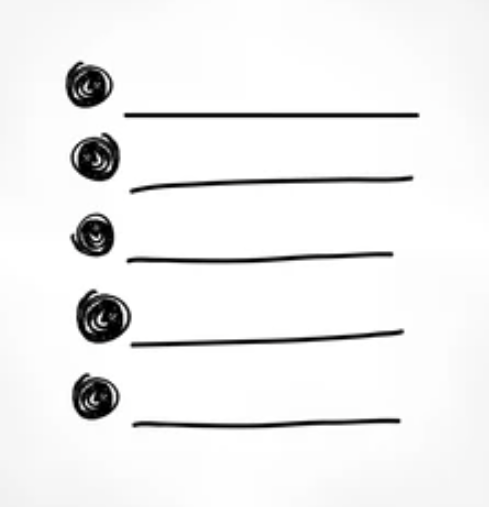
Organize in list form.
When trying to convey large amounts of symbol information can be difficult to interpret in paragraph form. Therefore the best way may be to create a list and detail it with bullet points.
Avoid Technical Jargon
Keep it simple. Less than 2% of the document needs to be technical legal language.
What is «the Grid»?
The power grid, also known as an electrical grid or an electric power system, refers to the network of interconnected power generation, transmission, and distribution infrastructure that delivers electricity from power plants to consumers. It is a complex system designed to ensure the reliable supply of electricity to homes, businesses, and industries.
The power grid typically consists of several components:
Power Generation: Power plants, such as coal-fired plants, natural gas plants, nuclear power plants, hydroelectric dams, wind farms, and solar power plants, generate electricity. These power plants convert various energy sources into electrical energy.
Transmission: High-voltage transmission lines transport electricity over long distances from the power plants to local areas or regions. Transmission lines can span hundreds of miles and carry high voltages, typically ranging from 69,000 volts to 765,000 volts, to minimize energy losses during transmission.
Substations: Substations are facilities where voltage is stepped up or down using transformers. They act as intermediaries between the transmission and distribution systems, helping to manage the flow and control the voltage levels of electricity.
Distribution: Distribution lines, also known as power lines or power distribution networks, carry electricity from substations to individual homes, businesses, and other end-users. These lines operate at lower voltages, typically ranging from 4,000 volts to 35,000 volts, to supply power to local communities.
Consumers: Consumers are the end-users of electricity who receive power from the distribution lines. They include residential homes, commercial buildings, industrial facilities, and other institutions.
The power grid plays a vital role in modern society, enabling the functioning of various sectors such as healthcare, transportation, communication, manufacturing, and entertainment, among others.
Will we run out?
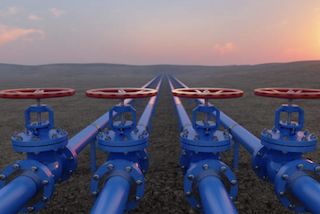
Global coal reserves
It is estimated that the world has approximately 1.14 trillion metric tons of proven coal reserves. The countries with the largest coal reserves include the United States, Russia, Australia, China, and India.
Global oil reserves
As of 2021, proven global oil reserves were estimated to be around 1.73 trillion barrels. The countries with the largest oil reserves include Venezuela, Saudi Arabia, Canada, Iran, and Iraq.
Global natural gas reserves
The estimated global proven reserves of natural gas stand at approximately 7,504 trillion cubic feet (Tcf) as of 2021. The countries with the largest natural gas reserves include Russia, Iran, Qatar, the United States, and Saudi Arabia.
To run into
to experience something unexpectedly
To run out
to have less and less until there is no more

